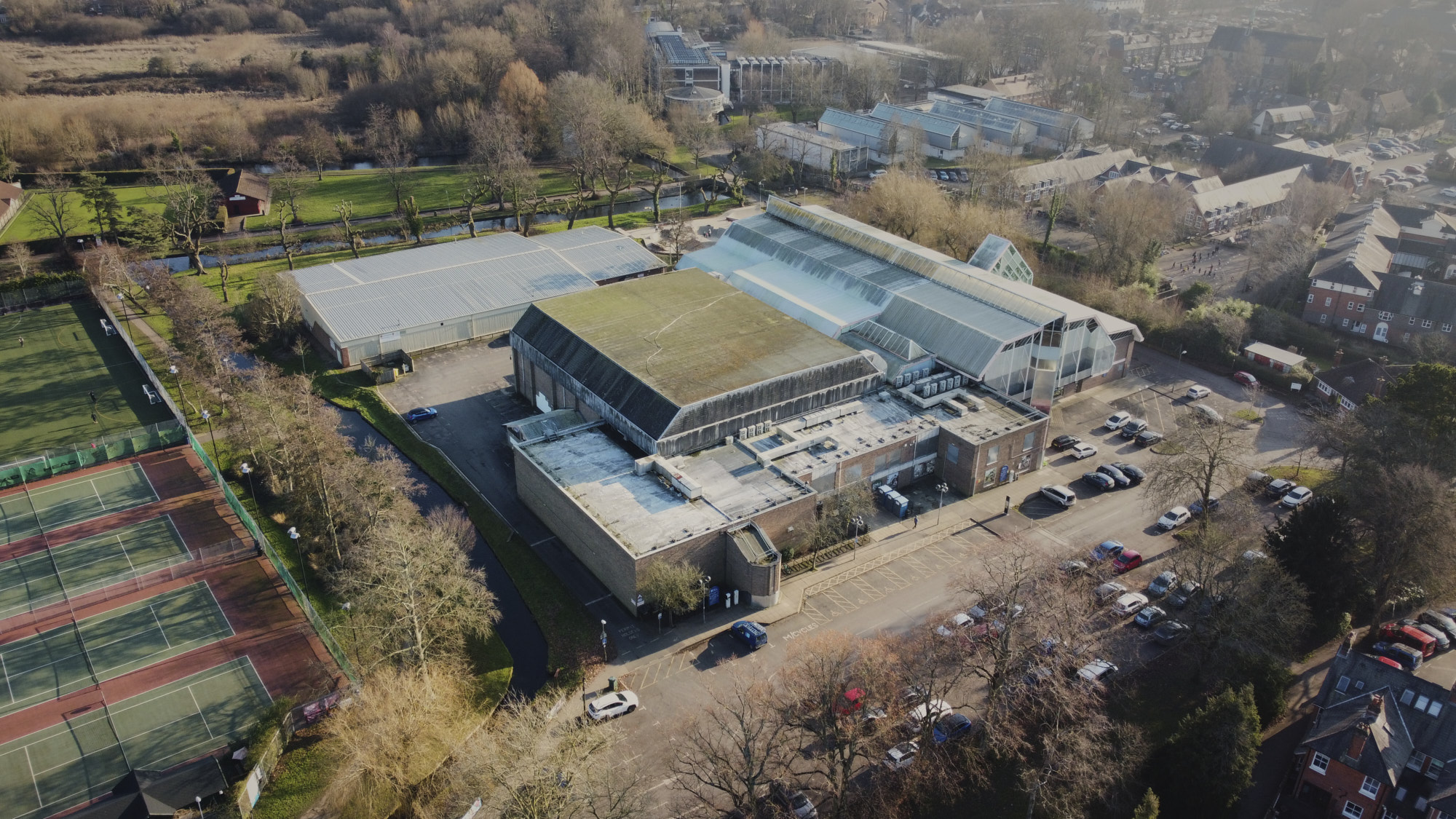WCC has announced, at short notice, a public consultation about the River Park Leisure Centre site before the Planning Inspector’s decision about the soundness and lawfulness of the draft Local Plan has been reached. While we absolutely welcome the involvement of the public in considering next steps for the site, a consultation at this stage is premature.
Public Engagement Event
THURSDAY 26 JUNE, 3 – 7PM
THE COURTYARD, GUILDHALL, SO23 9GH
WCC frames the task as seeking an investment partner to develop the former leisure centre site, in the manner of the fruitless commercial agreement with the University of Southampton (‘UoS’) rather than in terms of discussing with residents and local stakeholders a collaborative vision for this valuable public recreational space so close to the City centre. The proposed process looks once again like a property transaction prospectus – with no parameters set for how assessments and decisions will ultimately be made.
Friends of River Park (FORP) submitted to the Planning Inspector the following, in relation to the proposed Policy W10 in the draft Local Plan:
- There is no evidence to demonstrate the need for a change of user from the River Park site from its existing public recreational use (Class F2) to learning and non-residential institutions (Class F1), as is proposed.
- The site is not ‘brownfield’, nor is it ‘previously developed land’ considered to be appropriate for residential development (see NPPF). It is held under statutory trust by the Council for public recreation, and residential development is precluded by a covenant in the 1902 sale documentation.
- W10 takes absolutely no account of the legal constraints and complexities inherent in the transfer of this particular piece of land from public to private ownership.
- There is no assessment of the effect of development on the adjacent River Itchen, whose clear chalk streams surround and criss-cross the site; of the proximity to the South Downs National Park and Winnall Nature Reserve; and of the landscape character, as well as the adjoining historic landmarks and buildings and the Hyde Conservation Area.
- There is no up-to-date flood risk assessment, but the site is designated as Zone 3 high risk and is at a pivotal point in the formation of the flood plain which underlies the whole of the lower part of the City of Winchester.
- There is no mention or recognition, in W10, of the shortfall in the provision of public open space in the centre of Winchester, especially in St Bartholomew Ward.
- The Policy conflicts with the Council’s Climate Emergency Action Plan and the associated Plan policies as well as the NPPF.
- If a new development were to be proposed, no account has been taken of the accessibility issues, of the effect of the extra traffic on the already overburdened road infrastructure in Winchester City, or of the serious parking difficulties.
- Policy W10 is unsound. To overcome this failure and to ensure that the Local Plan passes the soundness test, the allocation W10 should be removed from the Plan.
Four years into the five-year option period proposed by WCC in its Cabinet paper dated 23rd November 2021 [CAB3324], UoS abruptly withdrew. The building is unsafe, vandalised and increasingly dilapidated. It is costing the taxpayer tens of thousands of pounds a year to insure, to keep secure and to maintain. WCC has budgeted for its demolition. This should take place without further delay and the land returned to green grass until a decision is finally taken as to the next steps.
The proposed timeline provides for an exceptionally short period for interested parties, especially local and charitable enterprises, to work up their realistic, costed and appropriate plans for the site. We question whether this is a deliberate, somewhat disingenuous, ploy on the part of WCC to try to influence the decision of the Planning Inspector.
We have heard that St Bede’s School is proposing a move of the school to the RPLC site (which has been mooted before); however, educational (school) use was flatly refused by the vendor of the land, William Barrow Simonds, soon after the covenant was established in 1902. On paper, however, this suggested use could make reasonable sense given that the current St Bede’s site could then be sold for housing, commanding a very high price tag – and we can see this idea gain quite a bit of public support locally. But, if a “packaged” project such as this is progressed, it could influence the Inspector’s decision regarding the change of user from F2 to F1. It would also fall foul of all the planning constraints listed in the bullet points above.

Comments are closed